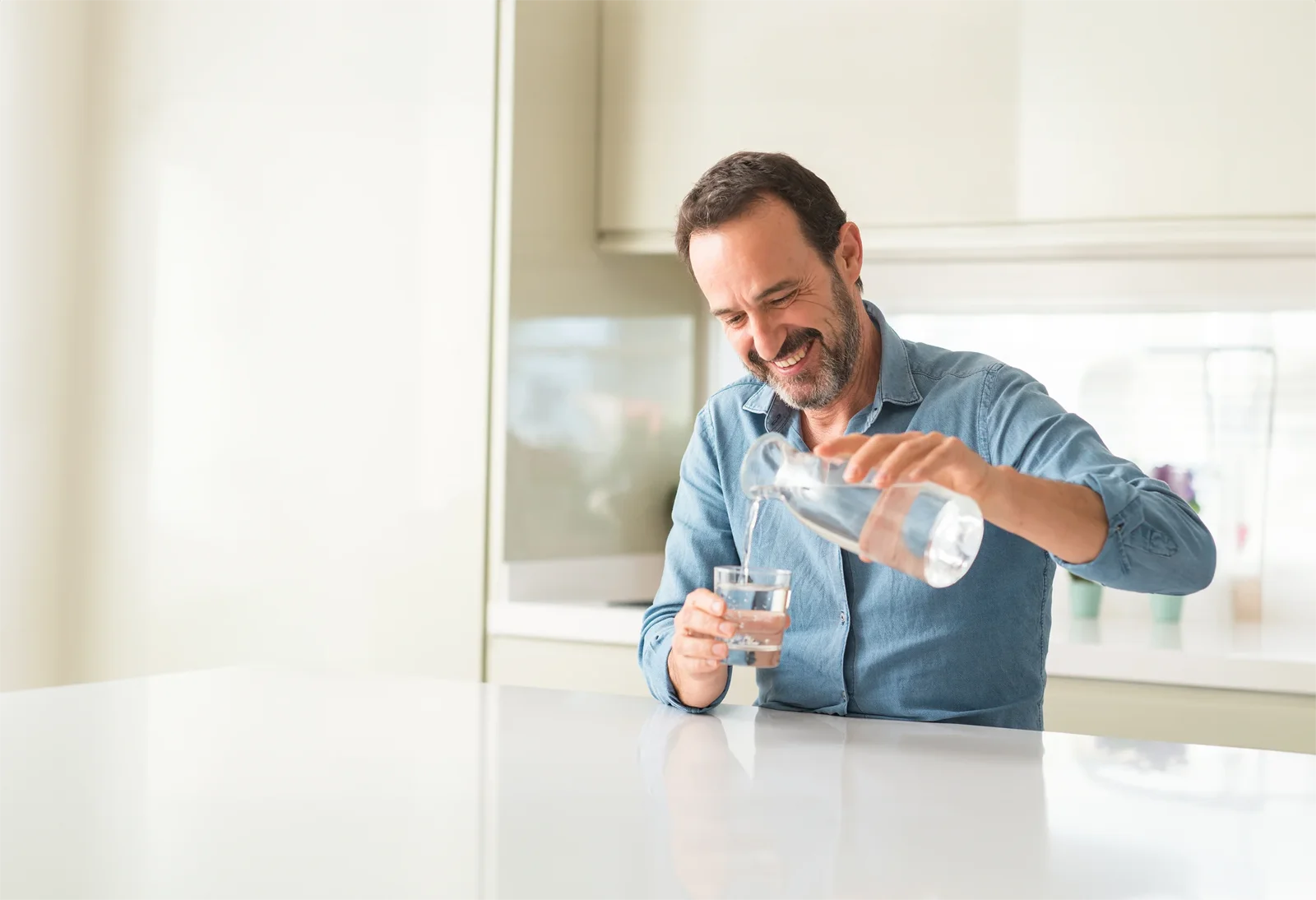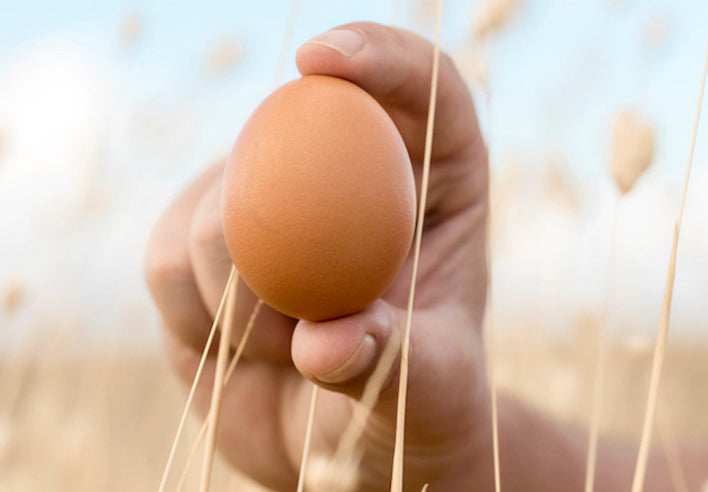Curcumin Varies in Strength and Effectiveness
Increasing awareness of the effects of curcumin, derived from the herb turmeric (Curcuma longa), has led to an extensive supply of products offering it.
Consumers can be attracted to claims of a large amount of curcumin in a supplement, but not every 95% curcumin product is the same. It is extremely important to pay attention to the types and quality of curcuminoids in the product, as these will greatly affect its impact and benefits.
Curcuminoids, which constitute about 2-6% of turmeric, are the active components of the herb. Approximately 80% of curcuminoids are curcumin, the remainder being demethoxycurcumin (18%) and bisdemethoxycurcumin (2%). Curcumin has been approved by the U.S. Food and Drug Administration as being GRAS (generally recognized as safe).
One of the most important considerations in evaluating the effectiveness of curcuminoids is bioavailability. A subcategory of absorption, bioavailability defines the quantity of a substance that effectively reaches the target cells. Bioavailability can be adversely effected by poor absorption, rapid metabolism and rapid elimination.
Curcumin is known as a pronutrient, as the biological transformations of curcumin inside the body are important.
Metabolites are produced when curcumin is ingested, and there are several active forms. Curcumin Phase I metabolites have been shown to have beneficial effects, particularly the biologically active tetrahydrocurcumin, as well as hexahydrocurcumin and ferulic acid. Phase II metabolites have not been shown to be beneficial.
In evaluating claims about the bioavailability of curcumin in a formula or product, care must be taken to determine whether the preparations support phase I or phase II curcuminoids. Many studies do not differentiate when reporting results.
In assessing clinical studies of curcumin, it’s critical to be aware of the curcumin’s composition, method of use and methods of extract. Results obtained in extensive studies of Curcumin C3 Complex, for example, cannot be assumed to apply to other forms of curcumin.
Curcumin C3 Reduct® is a color-free extract with greater solubility and pH stability. It isolates the major metabolite tetrahydrocurcumin (THC), removing the curcuminoids that create turmeric’s yellow color and creating greater dosage efficiency.
Sabinsa Corporation, developer of these extracts, works with farmers to cultivate turmeric and other herbs using sustainable farming methods. Sabinsa exemplifies the type of supplier that REDD Remedies relies on for pure, ecologically sustainable, natural and scientifically validated ingredients.
Curcumin C3 Complex is included in REDD Remedies' Curcumin T4 formula, and Curcumin C3 Reduct is the primary ingredient in REDD Remedies' Curcumin C3 Reduct Chewable.
If you have questions or comments, please post a comment or send us a message on Facebook. Sign up for our newsletter and Like our Facebook page to get REDD Remedies discount offers and updates.
Related Posts


